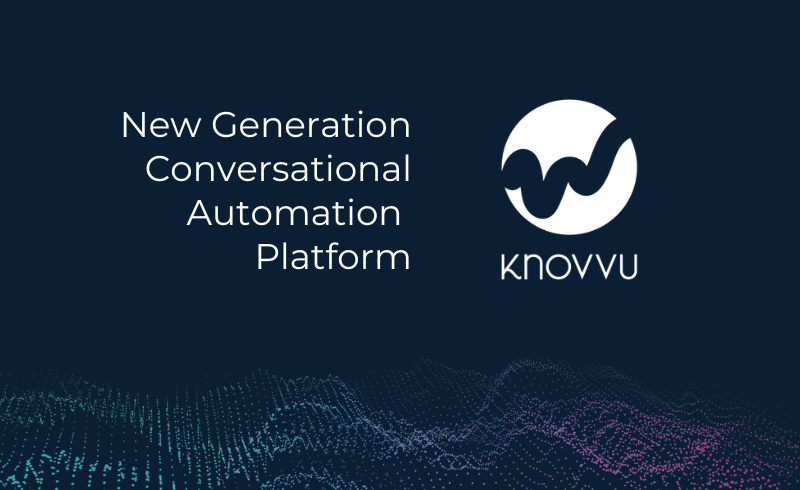A chain is only as strong as the weakest link. If one part of something is weak, it jeopardizes the integrity, quality, or effectiveness of the whole. The idiom is applicable to almost all cases composed of more than one part.
Let’s take a car, for example. Its main objective is to ensure that people or objects reach from point A to point B in a short and safe manner. It consists mainly of an engine, transmission, battery, alternator, radiator, front axle, front steering and suspension, brakes, muffler, tailpipe, fuel tank, rear axle, and rear suspension. No matter how powerful its engine is, an incorrect setting or malfunction of one of these parts will cause the car to run incorrectly or not start at all.
The main economic objectives of a business are profit earning, creating customers, acquiring and increasing market share, innovation, utilization of resources, leveraging productivity, etc. To achieve these objectives, a business needs a strong sales operation and a strong total experience (TX) structure that supports this operation.
Total-experience is a business strategy that aims to create a better, holistic experience for everyone who engages with a brand (customers, employees, users, partners, etc.). No matter how good and powerful the product is, a problem that occurs in one of the links that make up the TX chain, for example, in the employee experience (EX), will disrupt the entire customer journey and will lead to a decrease in the company’s sales ratios. The statistics below confirm this:
- According to a recent report, disengaged employees cost UK companies around £340 billion each year.
- Organizations that score in the top 25 percent on employee experience report double the return on sales compared to organizations in the bottom quartile.
- Companies with highly engaged workforces outperform their peers by 147% in earnings per share.
If you want higher sales figures, faster revenue growth, and profitability you have to provide an employee experience that makes your sales team feel valued, driven, and engaged.
To Be Successful in CX, First Consider Improving Your EX
The leading actors of the customer experience scene are the employees of a business. Therefore, a business whose goal is better customer experience should also focus primarily on better employee experience. Employee experience can be defined as the sum of what people encounter and observe during their tenure in an organization.
There is no doubt that today, a significant part of employee-customer interactions takes place over contact centers. The metrics used for evaluation of a contact center such as average call abandonment rate, percentage of calls blocked, the average waiting time, the average speed of answer, average response time, first call resolution, occupancy rate, service level, customer satisfaction, etc. have a direct effect on the customer journey and are mostly related to employee experience.
Here clearly shows that for a business determined to strengthen the TX chain and in return boost sales, it is vital to monitor contact center activities wholly, to evaluate and analyze the monitored data accurately and to intervene and provide coaching timely. On the other hand, as we put in our previous posts, making it fulfilled with manual evaluation tools is impossible. Growing volume and the increasing importance of customer-agent interactions compels the implementation of conversational AI and Analytics solutions as the most efficient tool for monitoring, evaluating, analyzing, and coaching.
As a global supplier of various conversational solutions, Sestek offers a robust and AI-powered tool for analyzing agent performance as well. Sestek Agent Performance Analytics provides an automated solution to boost agent performance. This automated reporting interface generates evaluations on all recorded customer interactions, providing supervisors with crucial data to improve customer and agent experience. Using intelligent and customizable evaluation forms, advanced call filtering systems, and a user-friendly interface, the Sestek Agent Performance Analytics system will help reduce operational costs while improving call center performance.
The most recent success story of Sestek Agent Performance Analytics was with ING Turkey. ING Turkey, a part of ING Group, one of the largest financial institutions globally, was targeting to increase sales performance effectively to manage its call center operations with more than 200 agents. ING Turkey was searching for a solution to evaluate 100% of all interactions and effectively analyze them for actionable results to improve agent performance and increase sales revenue.
Using Agent Performance Analytics, ING Turkey monitored, evaluated, and analyzed 100% of all customer conversations and gained valuable insights to improve both customer experience and agent performance. The results were quite satisfactory:
- 9% increase in sales conversations and 25% increase in profit per agent:
Agents’ script adherence was monitored and analyzed. Detailed feedback and guidance were provided to improve the sales performance of agents.
- 20% decrease in customer complaint calls:
Possible complaint calls are detected by analysis with speech analytics, and the majority were resolved by the proactive complaint management system.
Sestek Agent Performance Analytics helped ING to effectively train agents, improve their performances and increase the sales revenue significantly. Click to check out our success story here.
Please visit this link for more details and case studies about Sestek Agent Performance Analytics.









